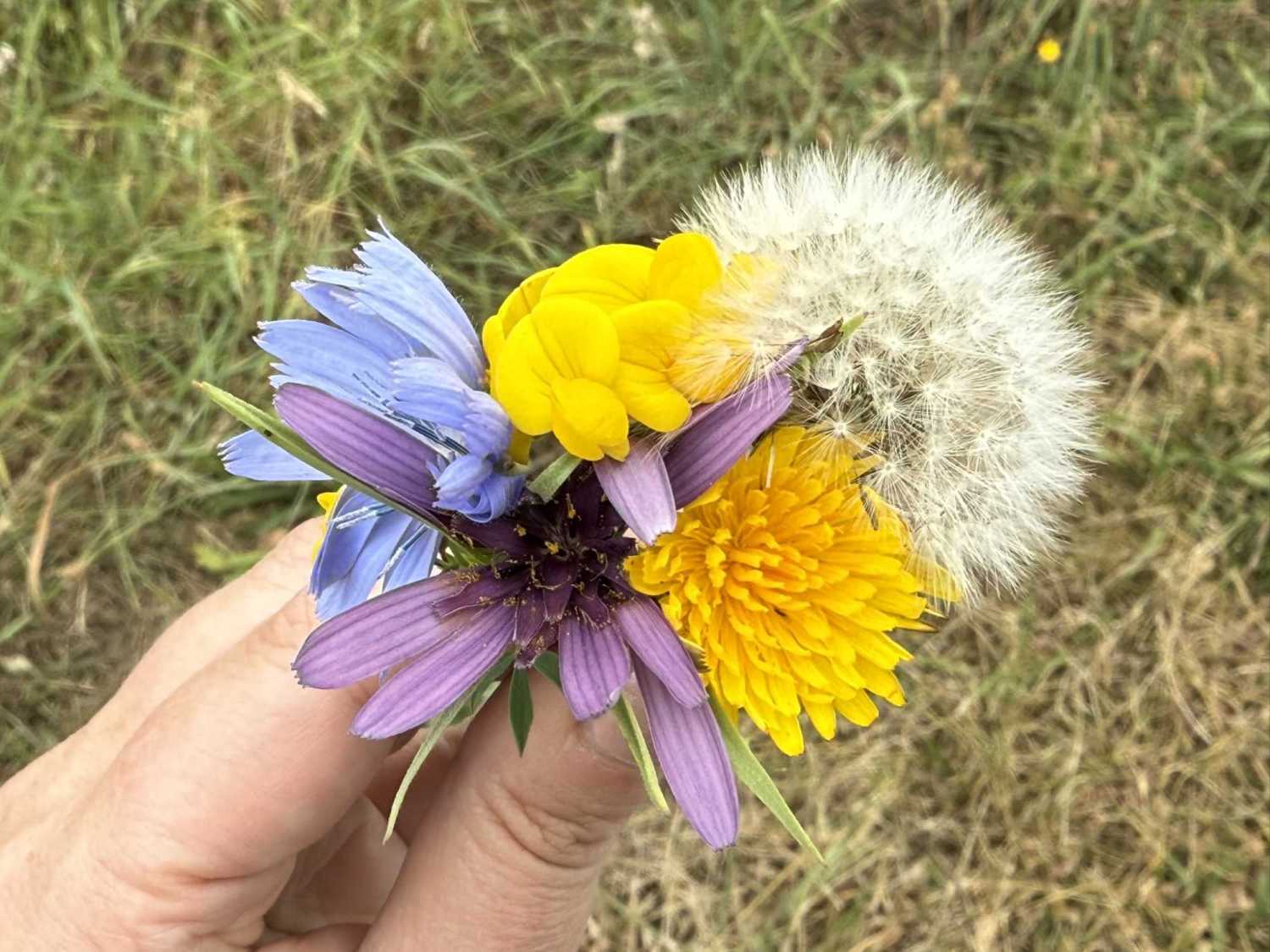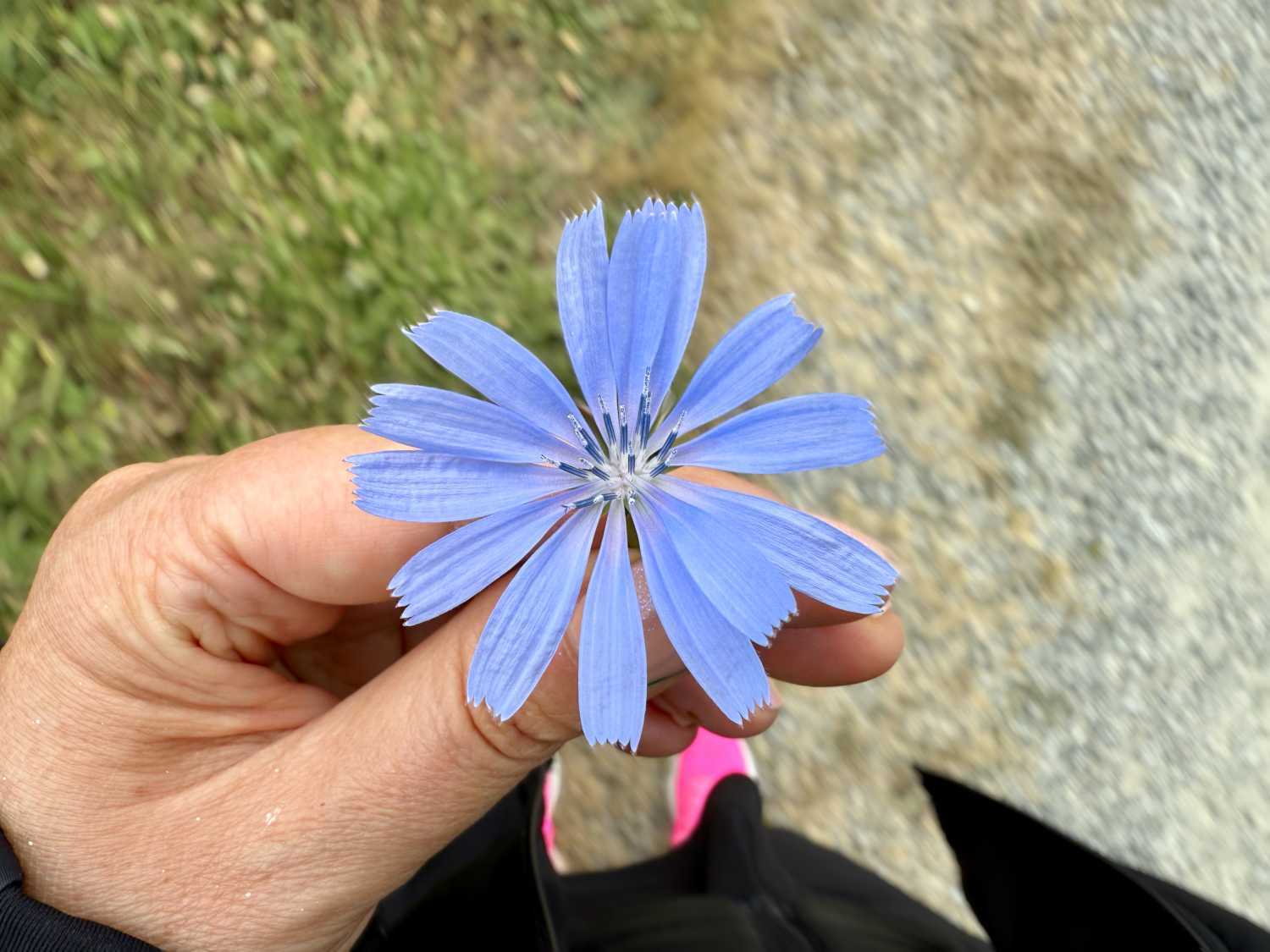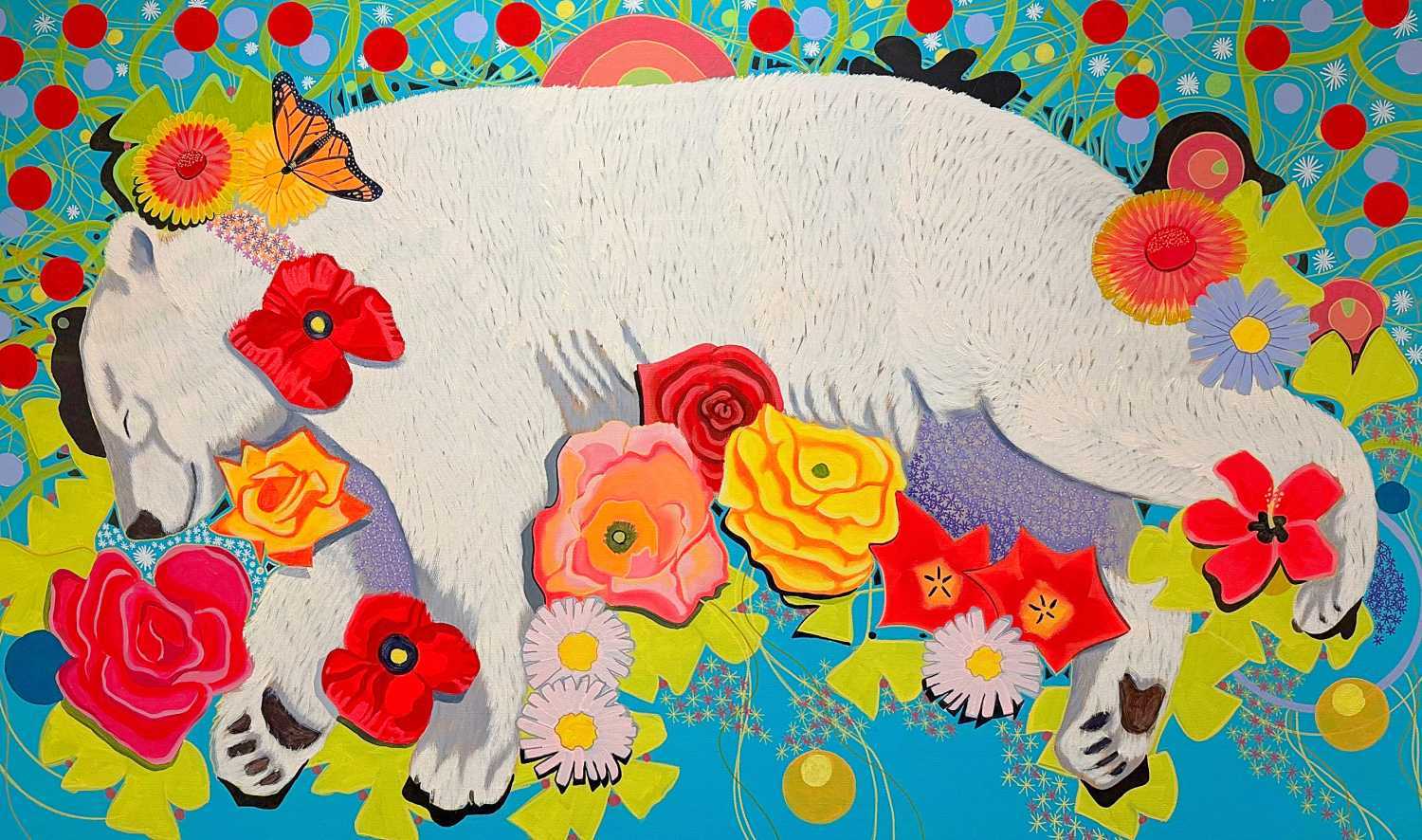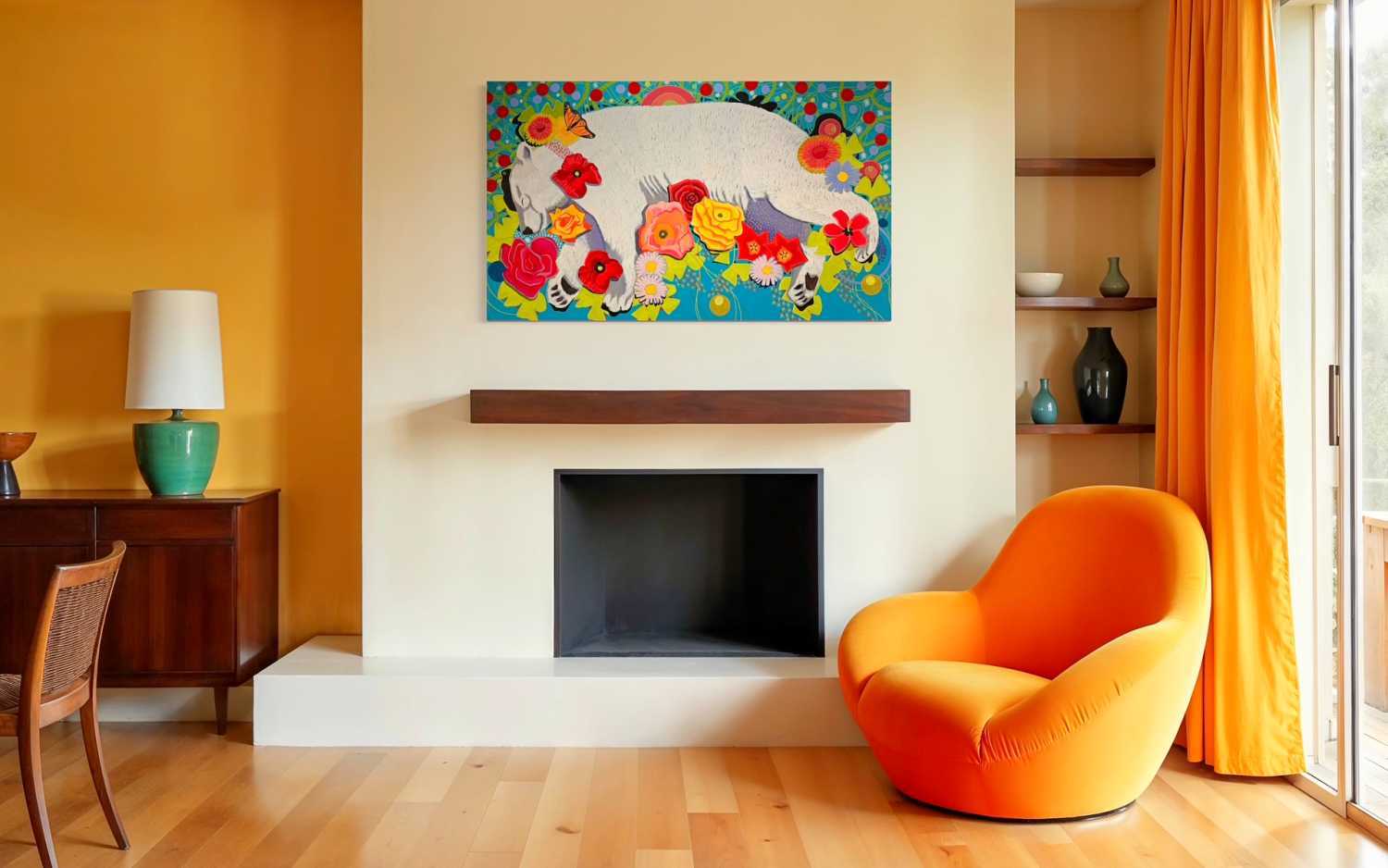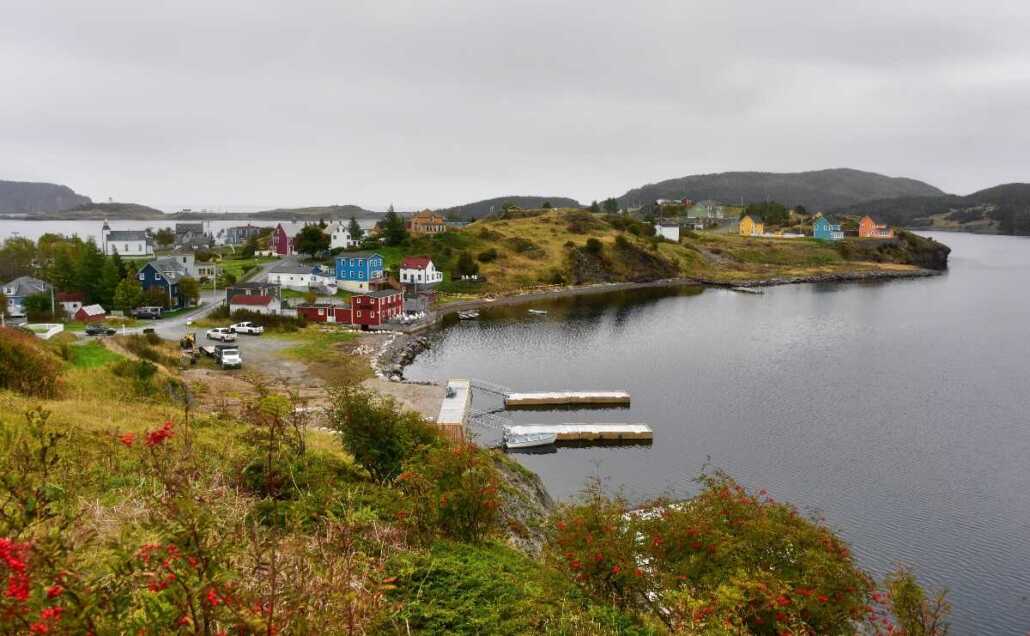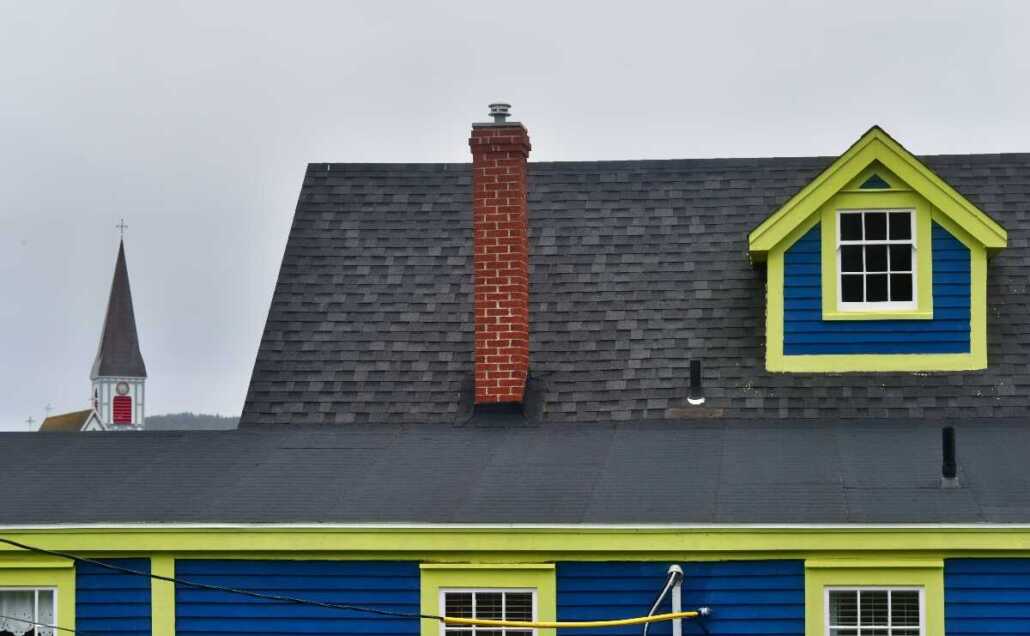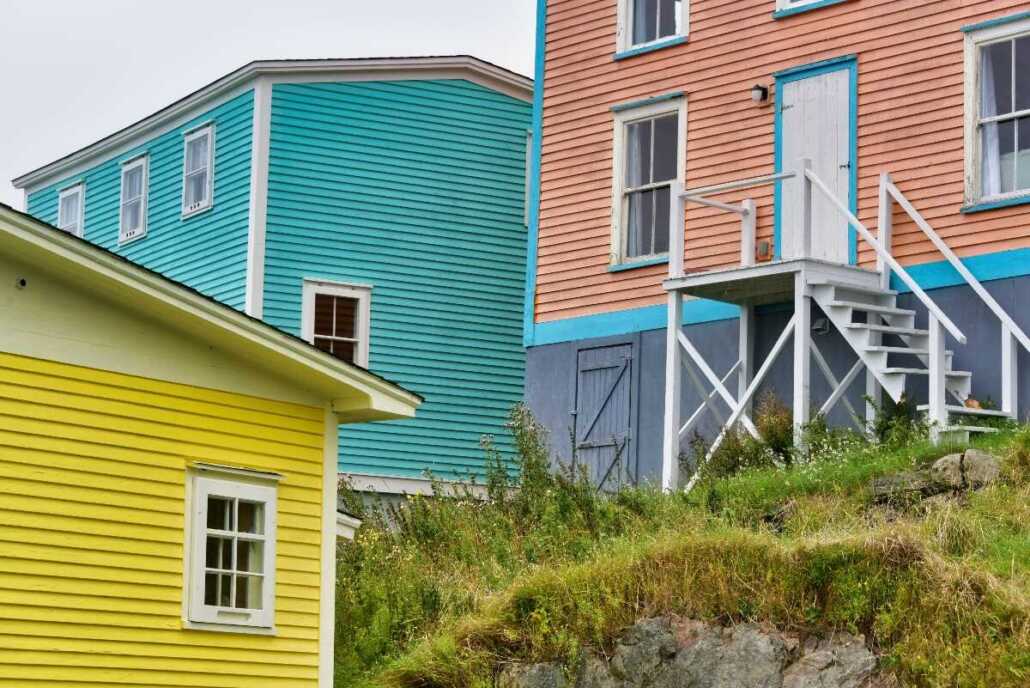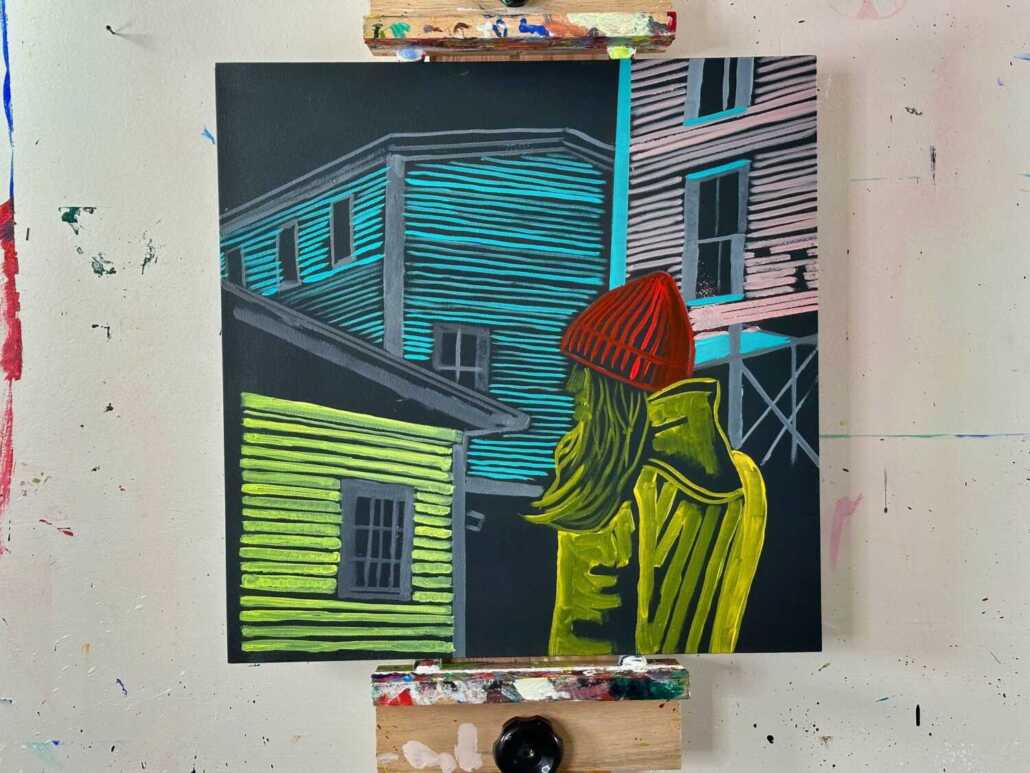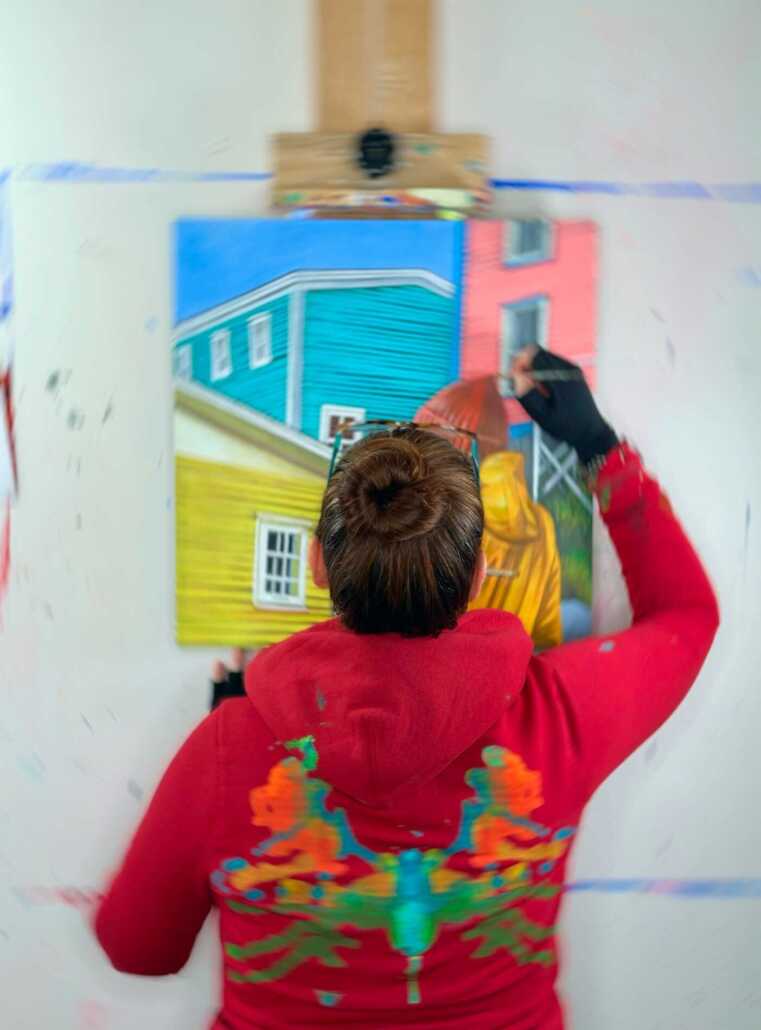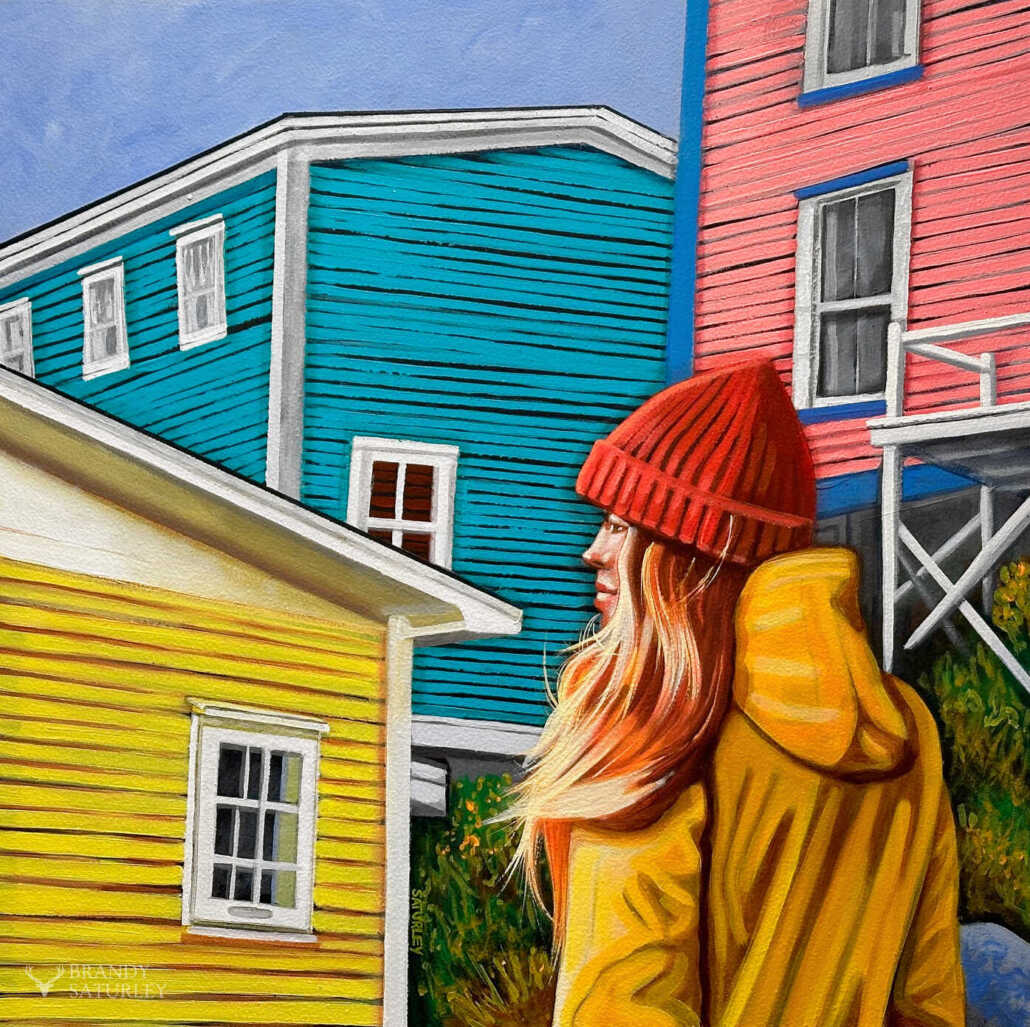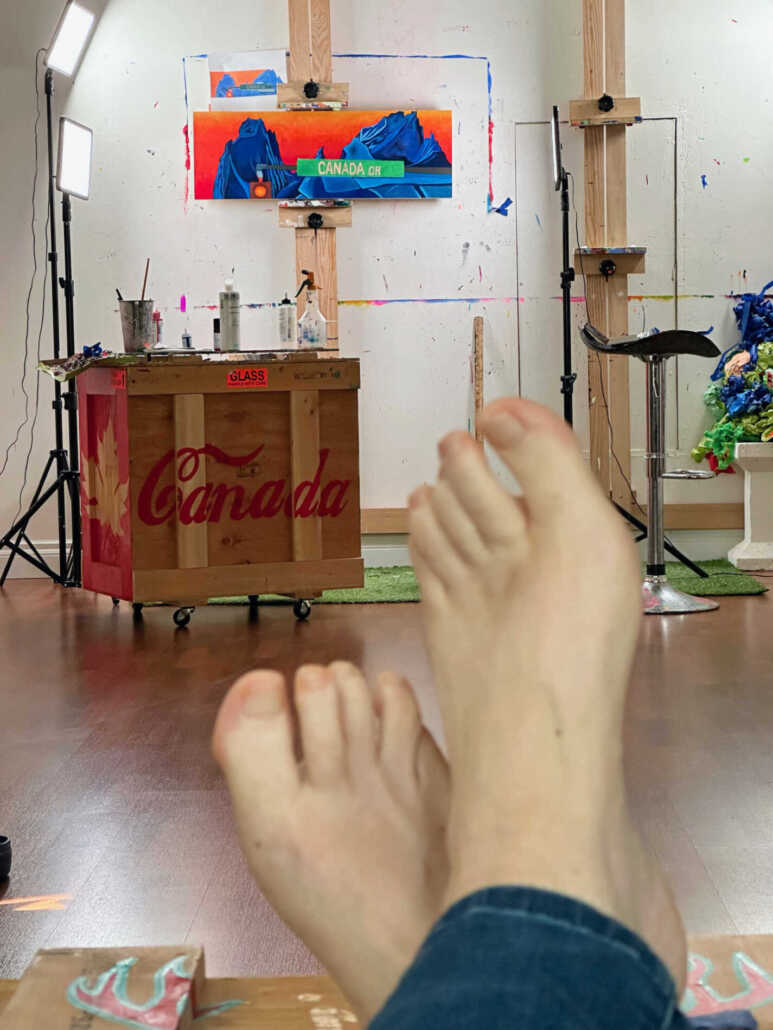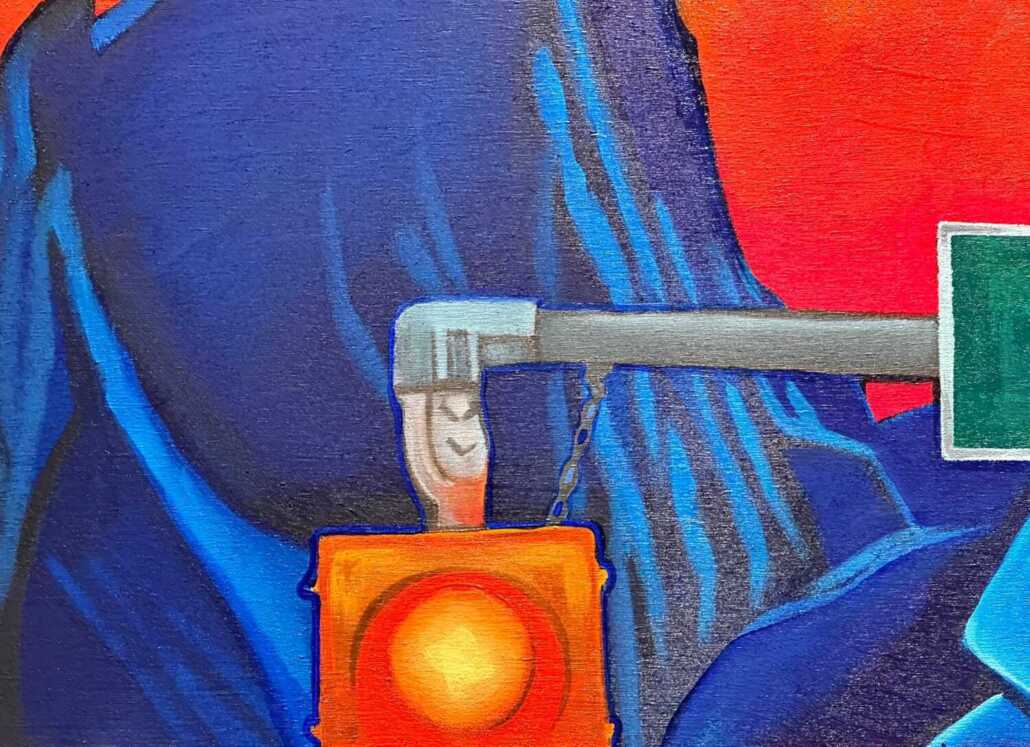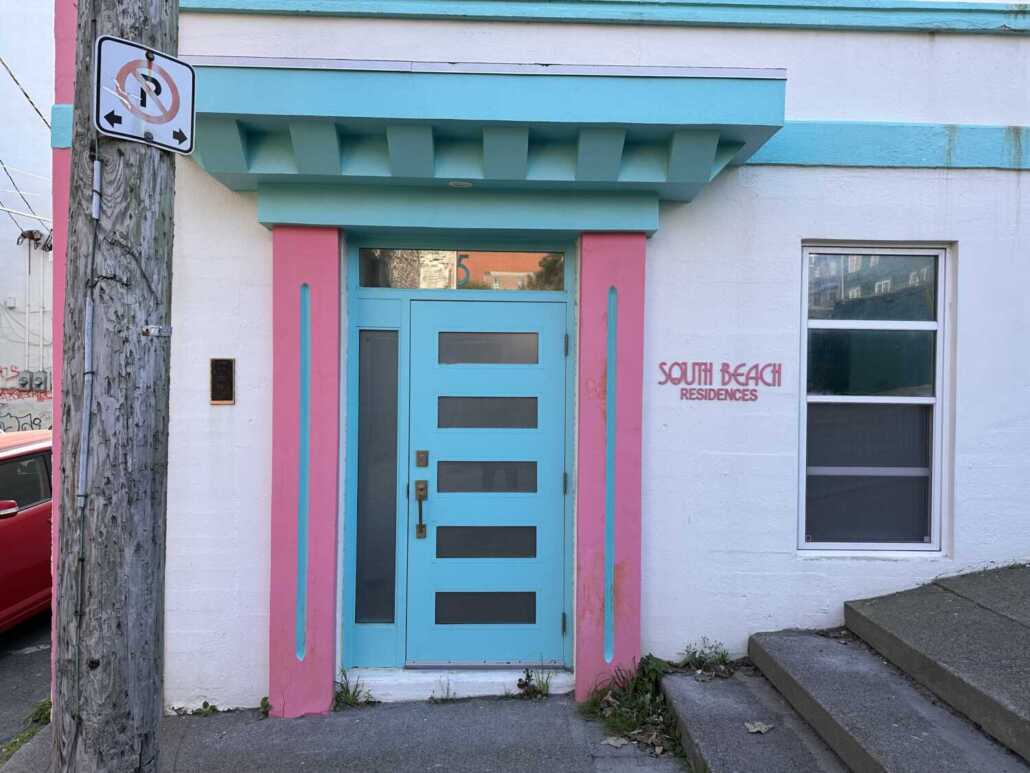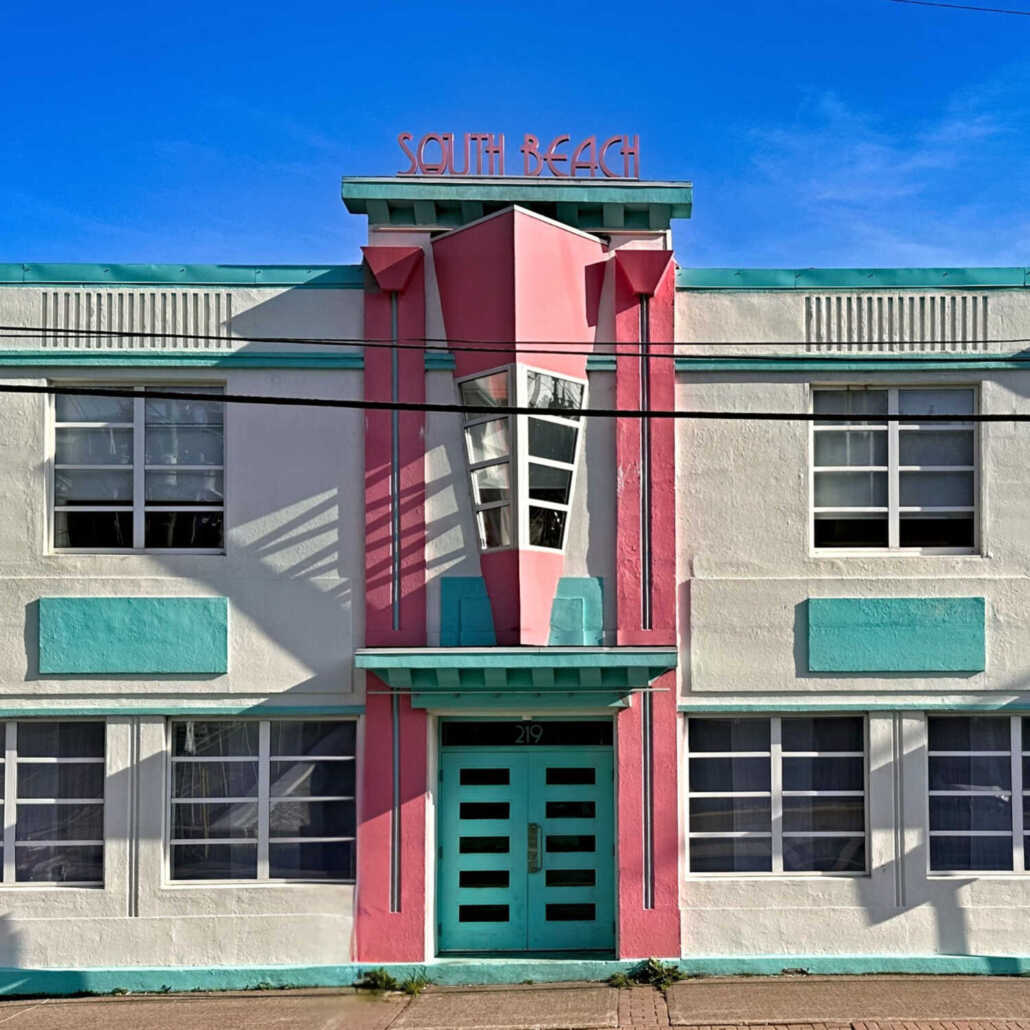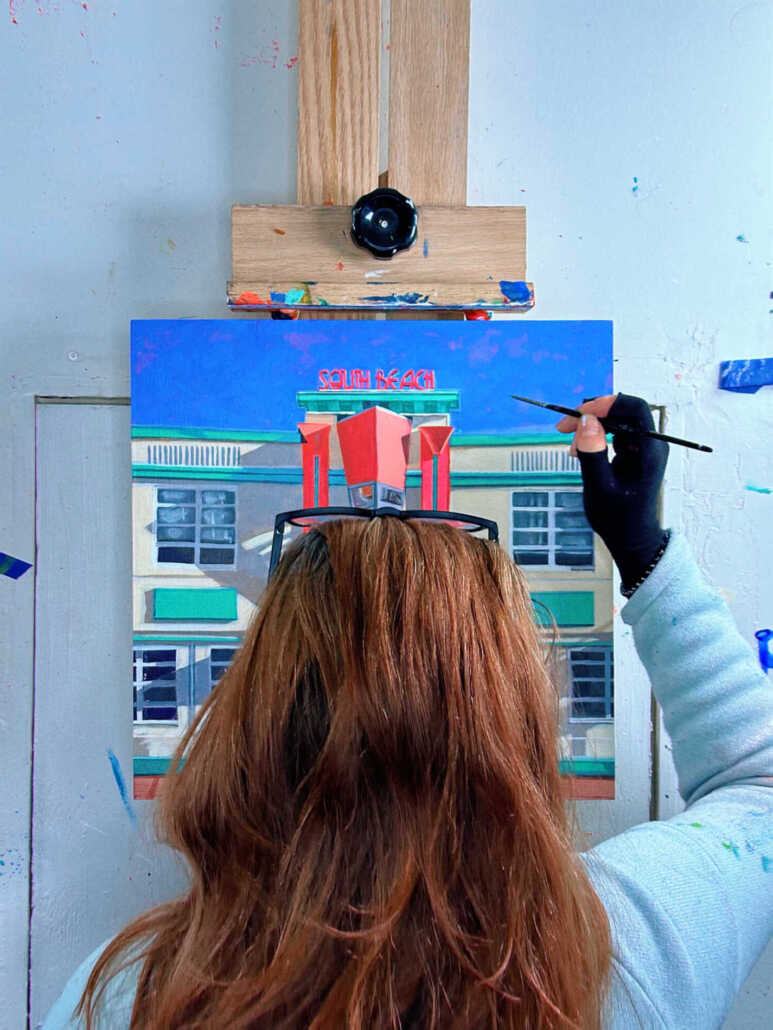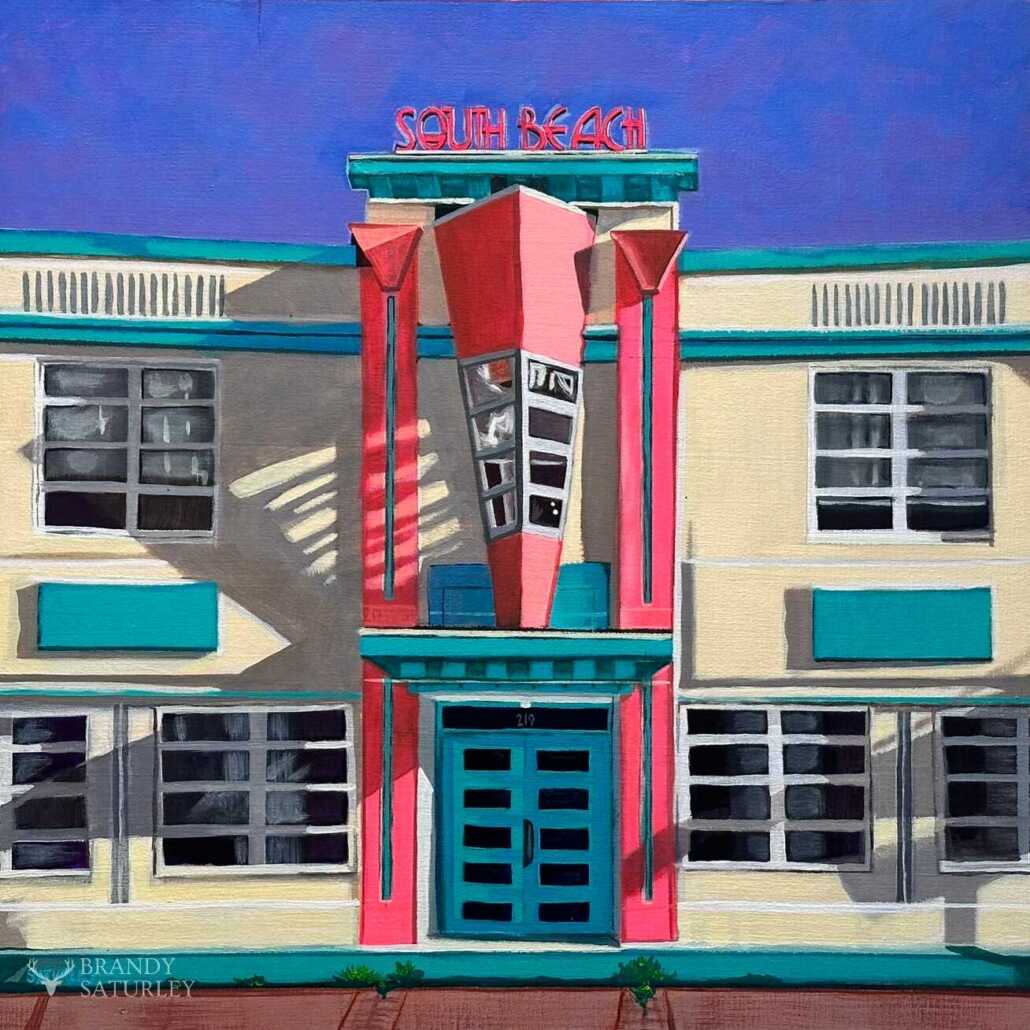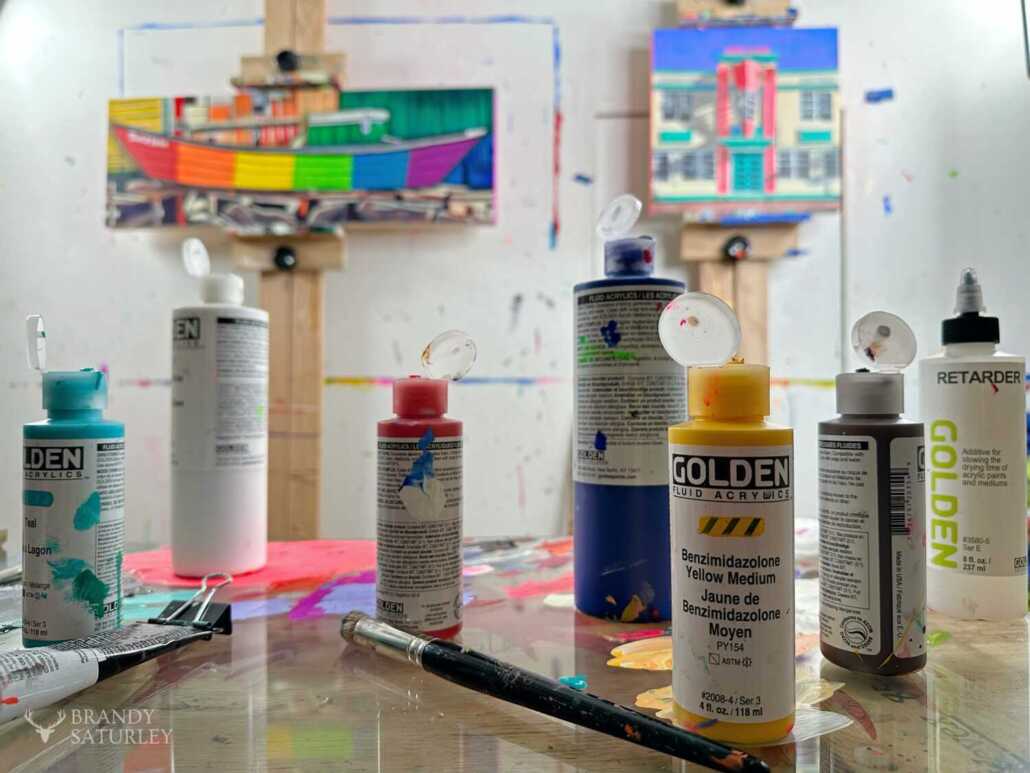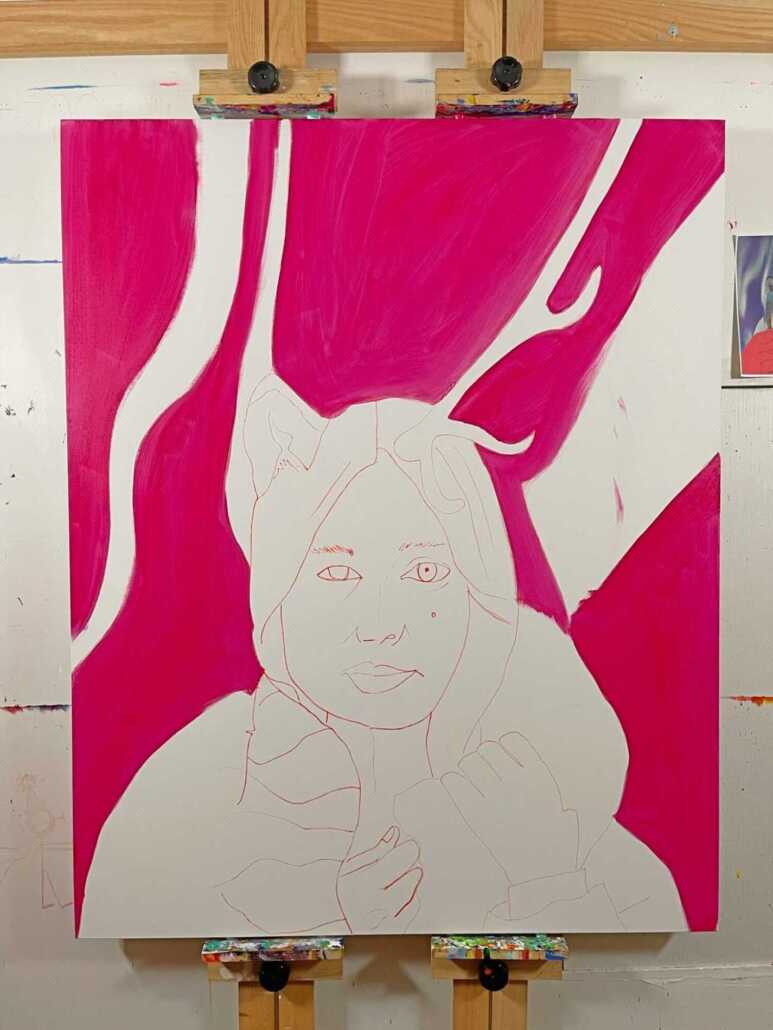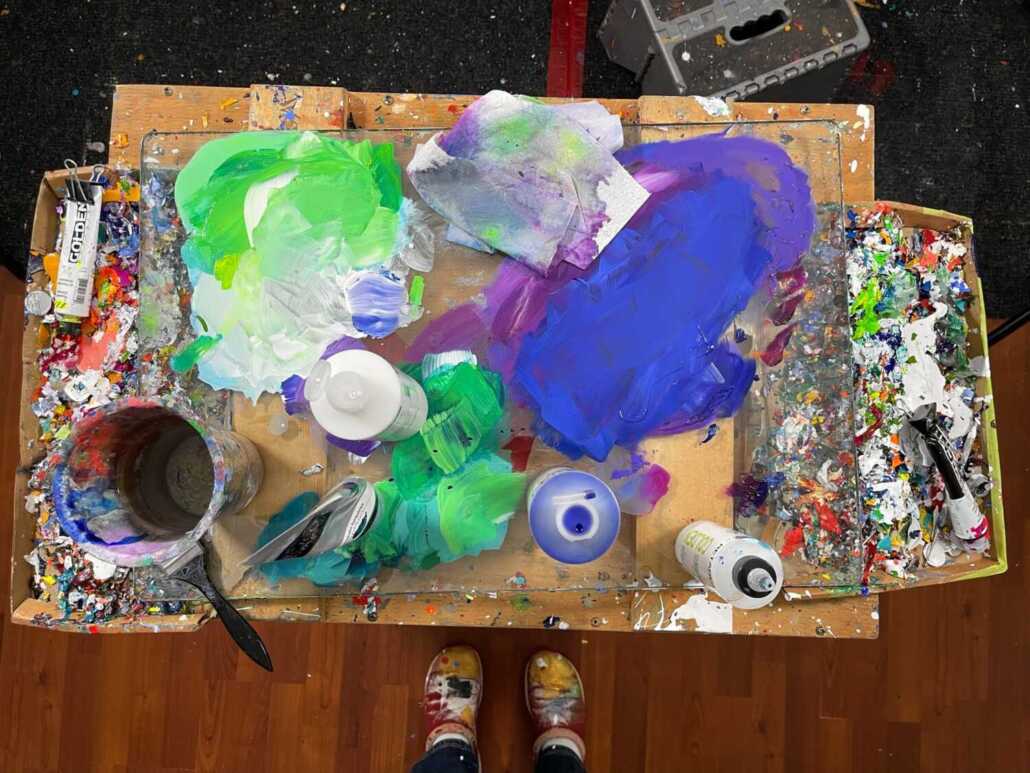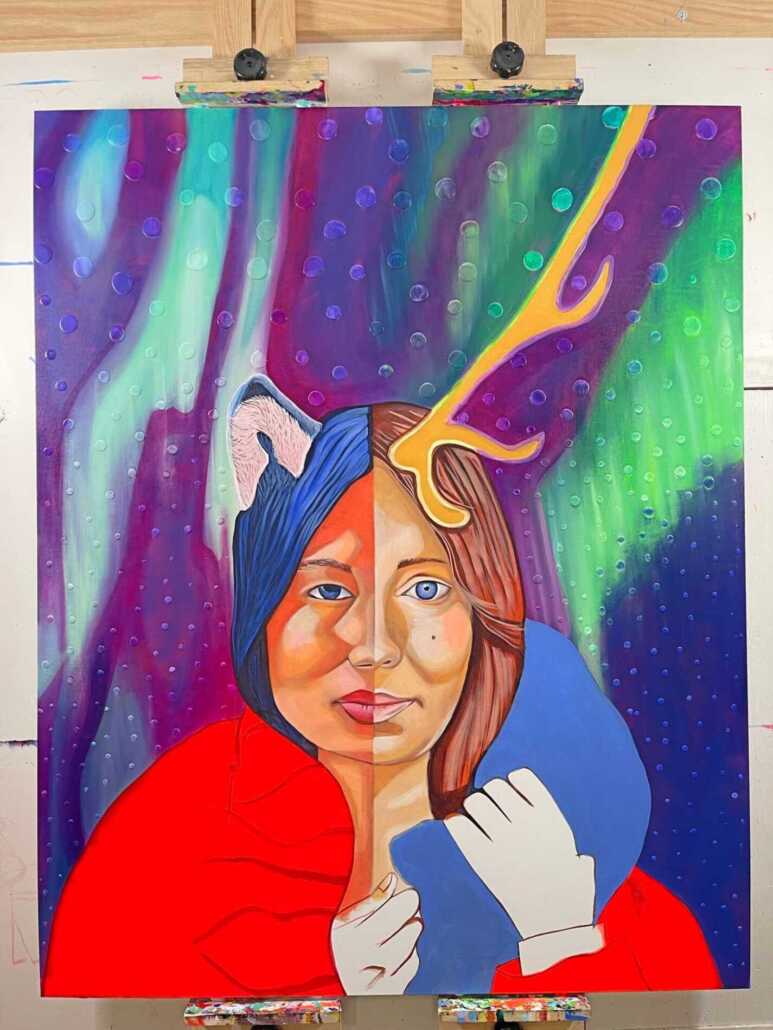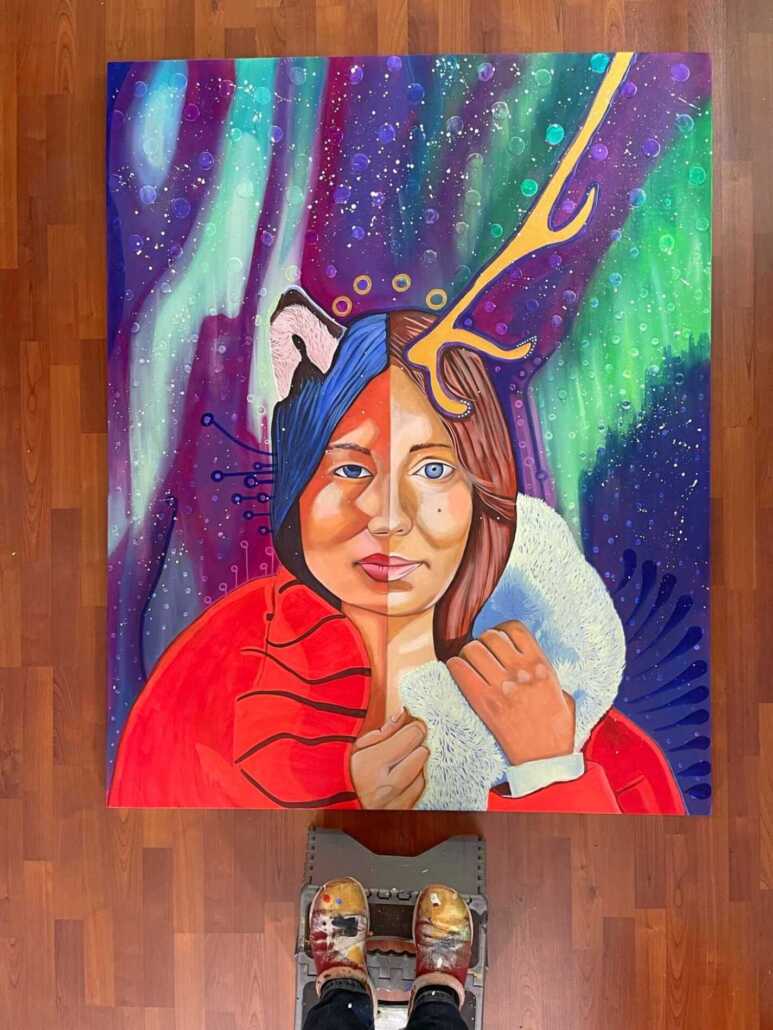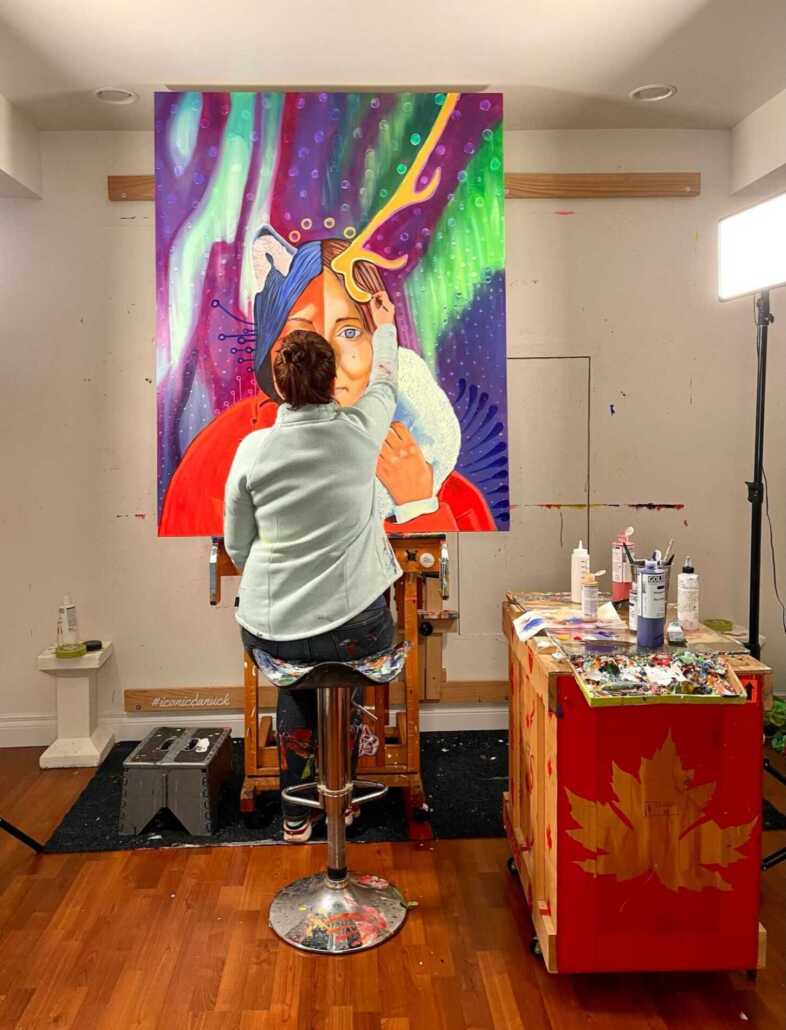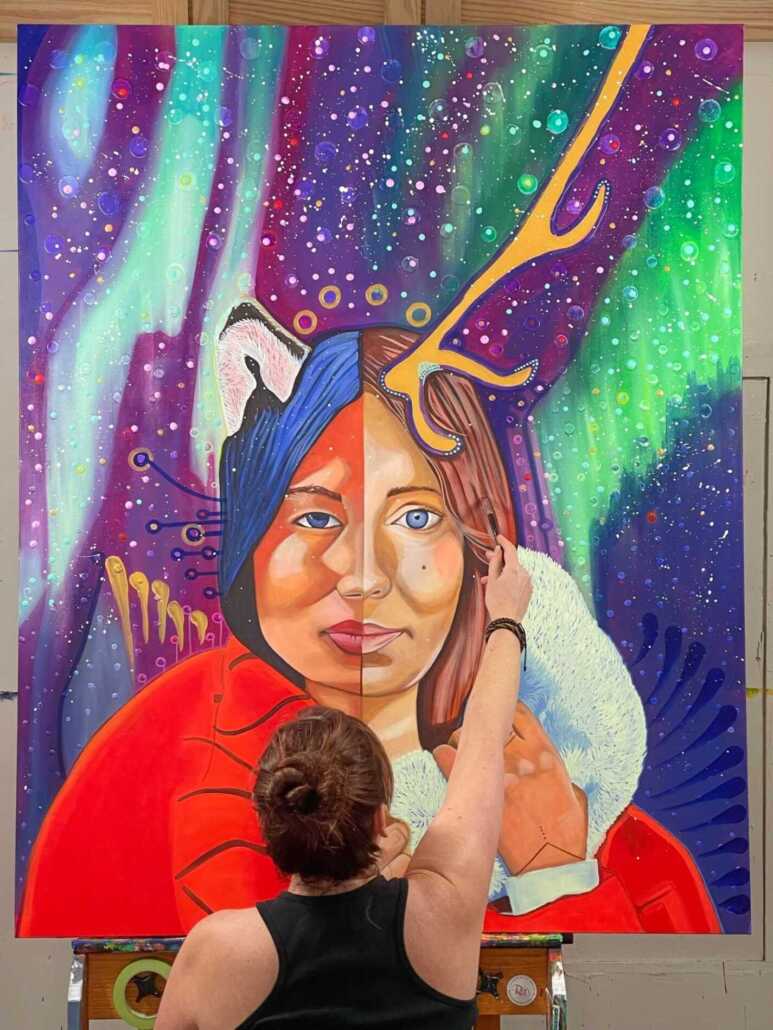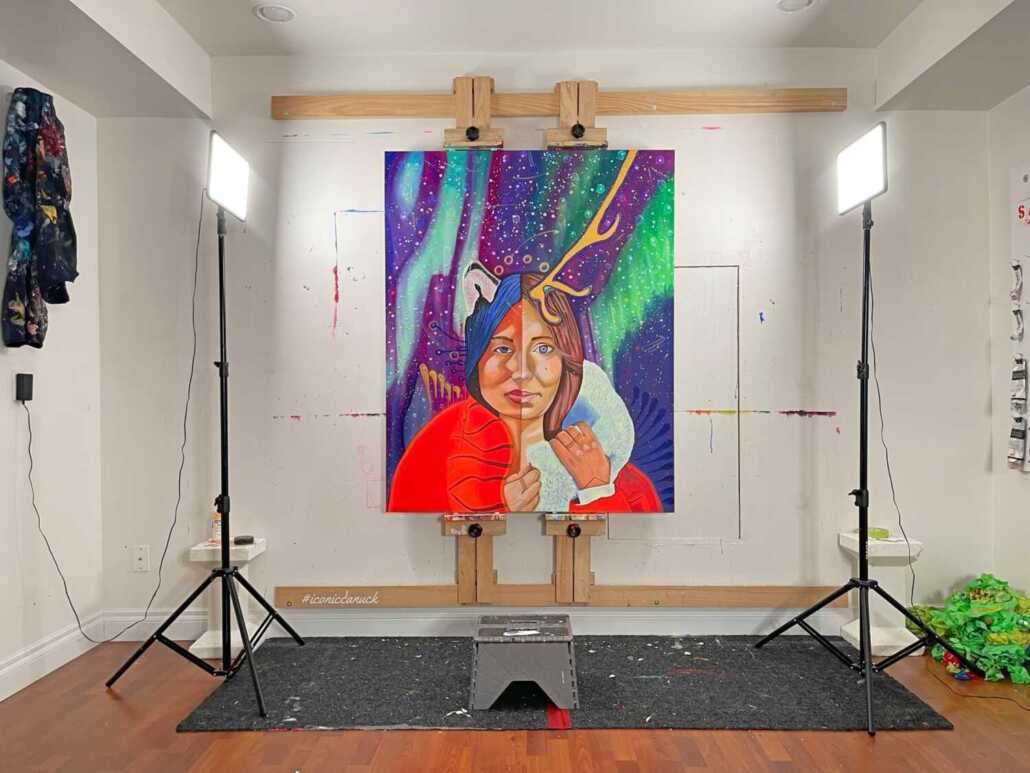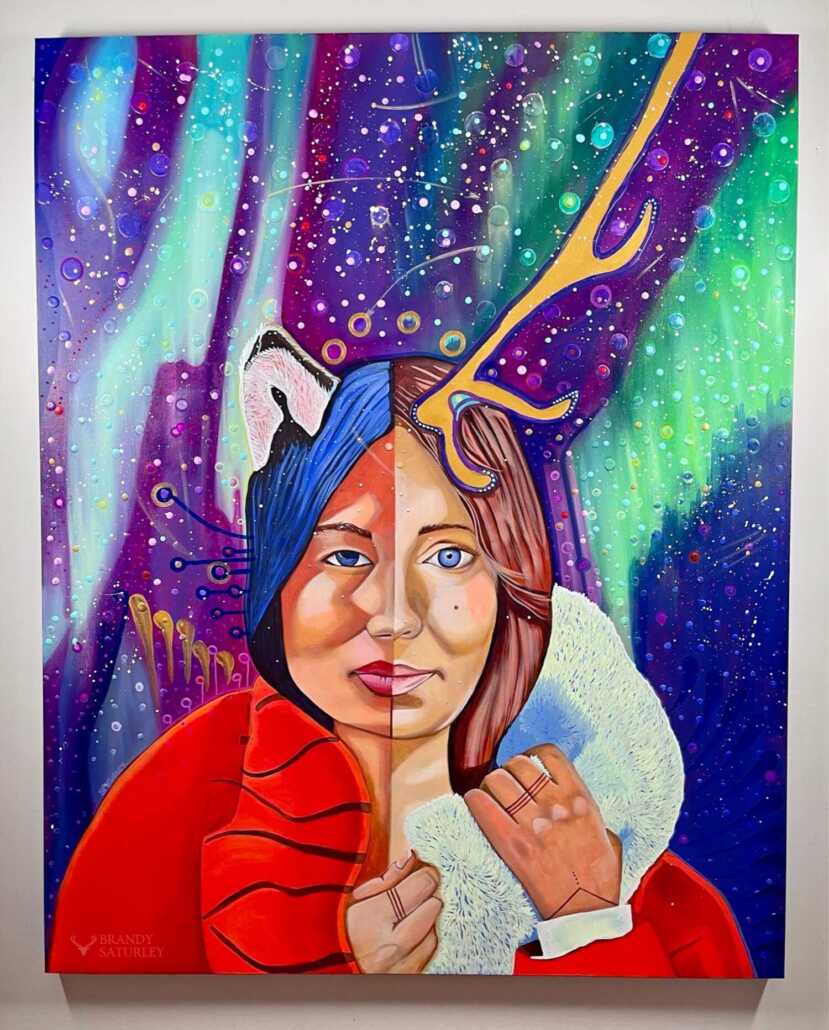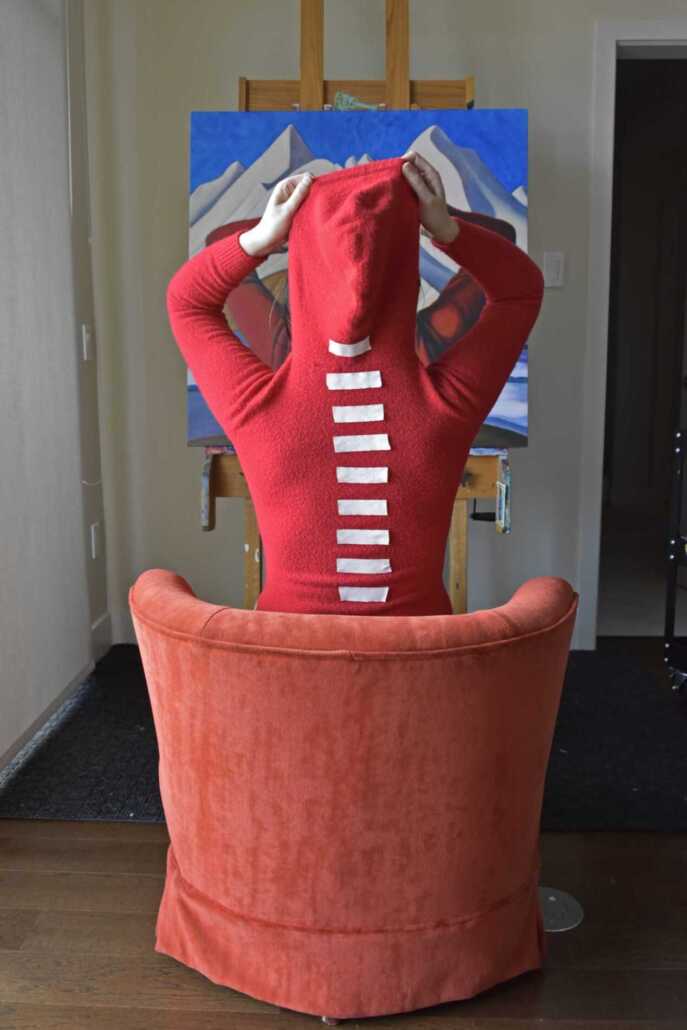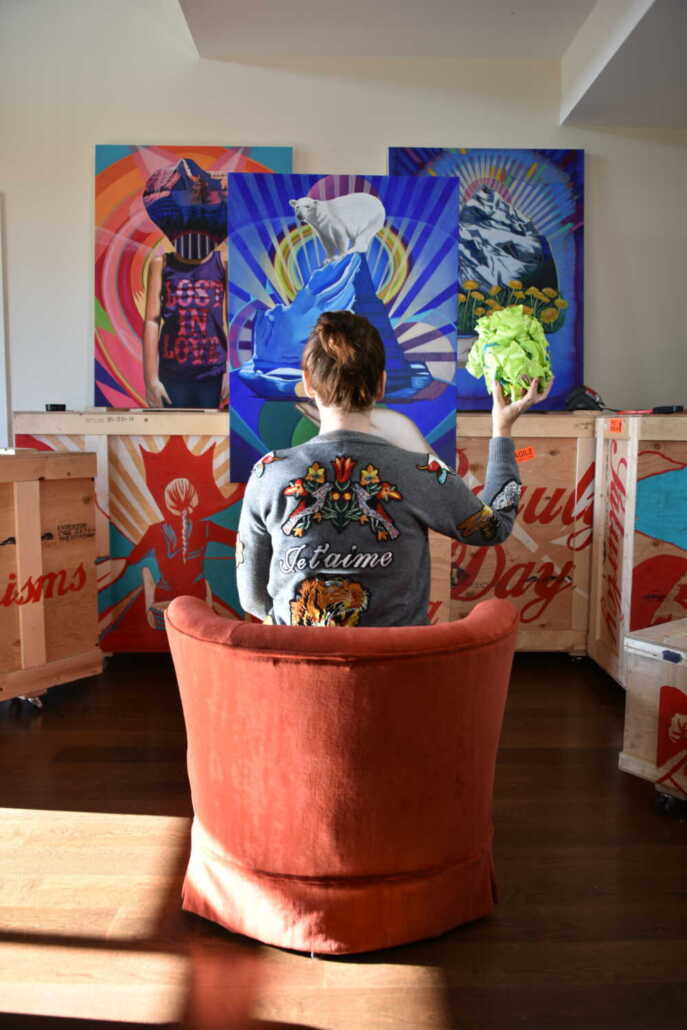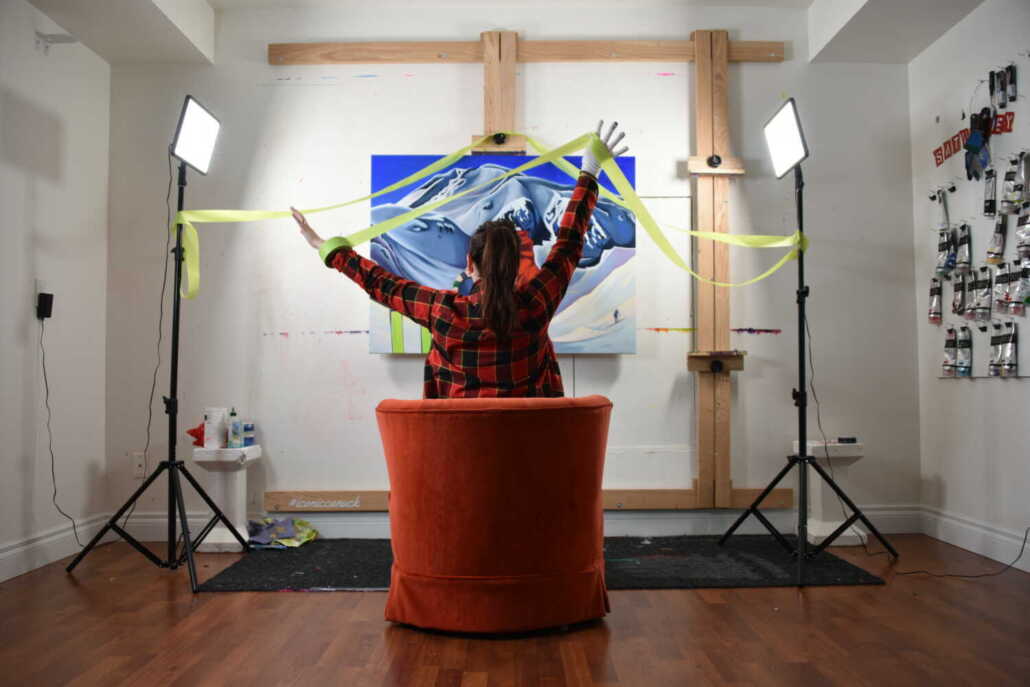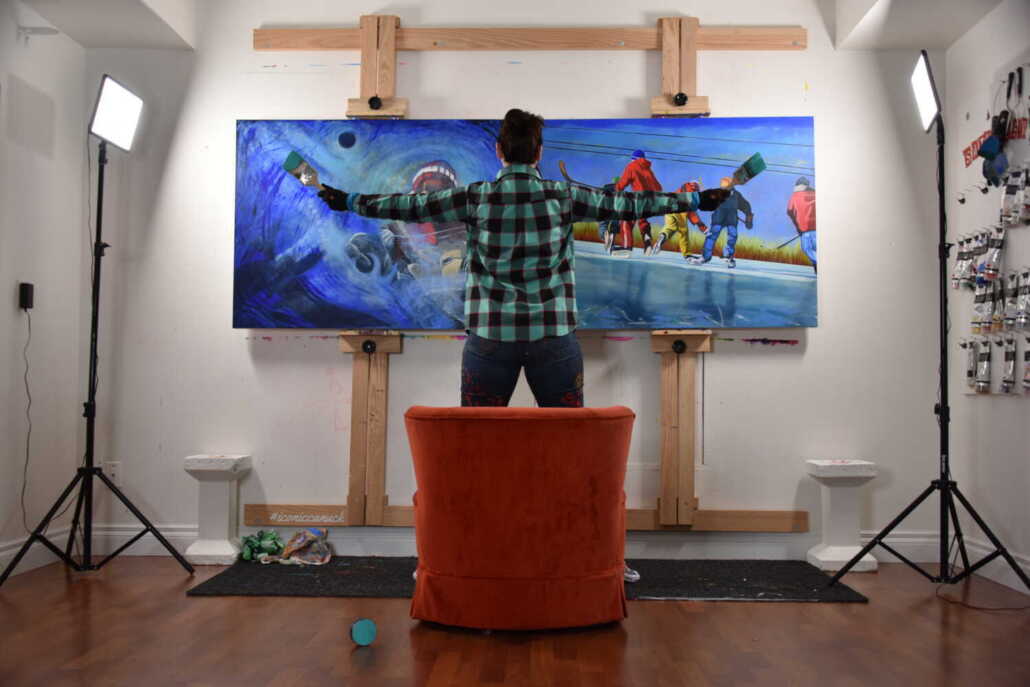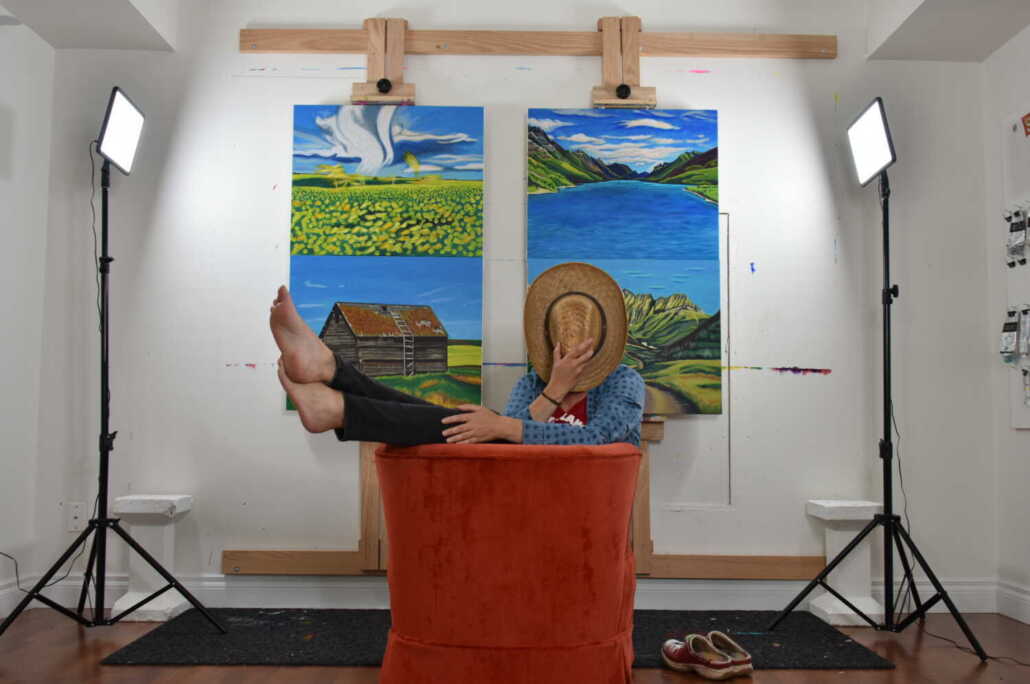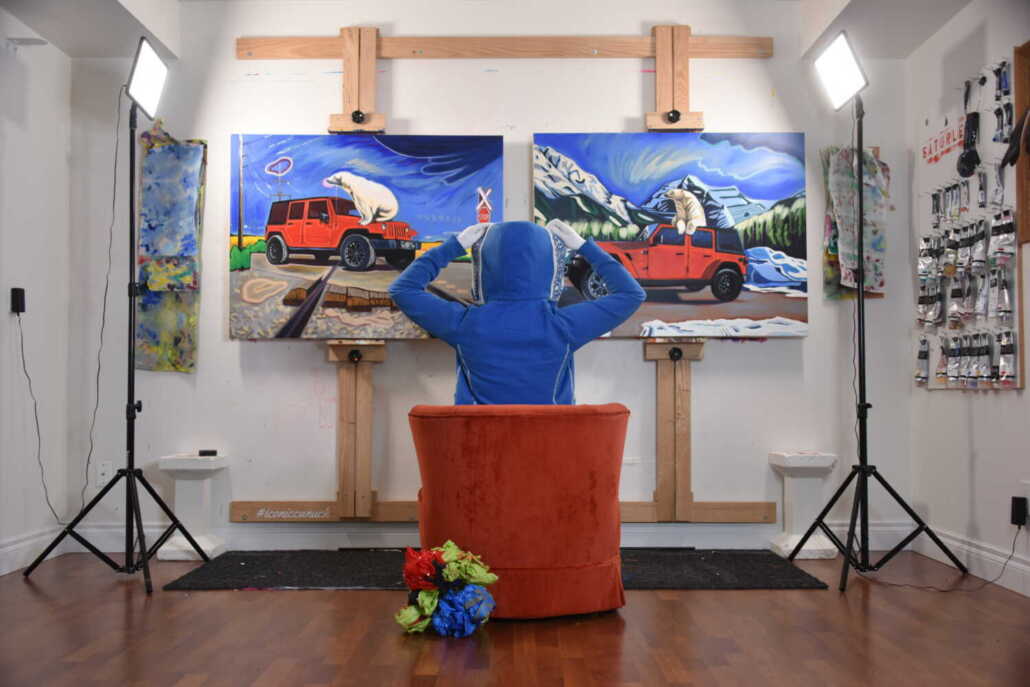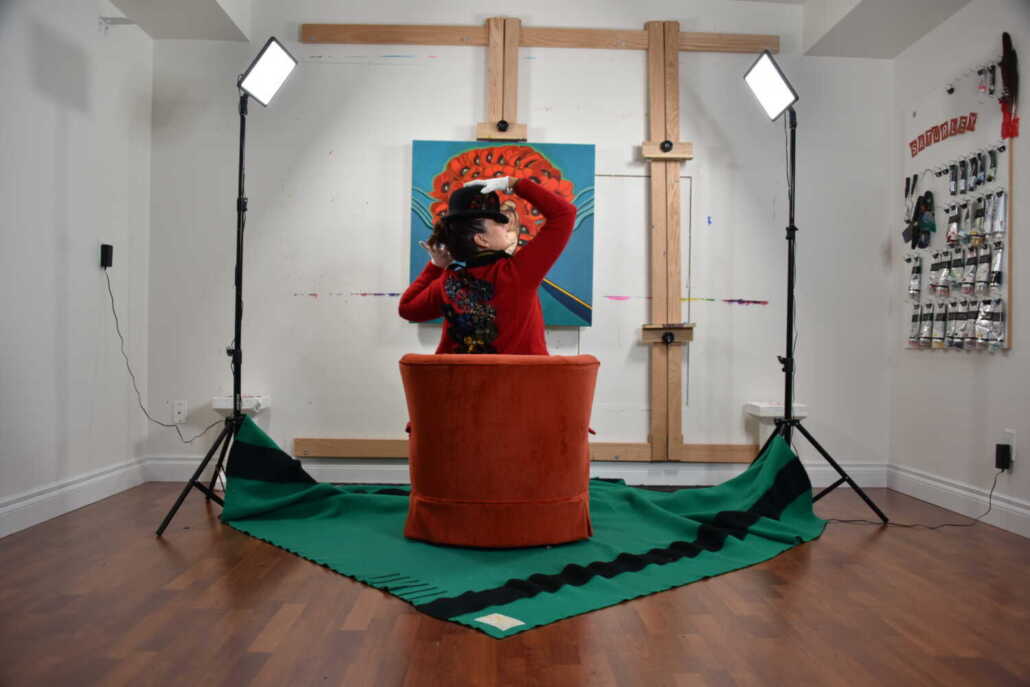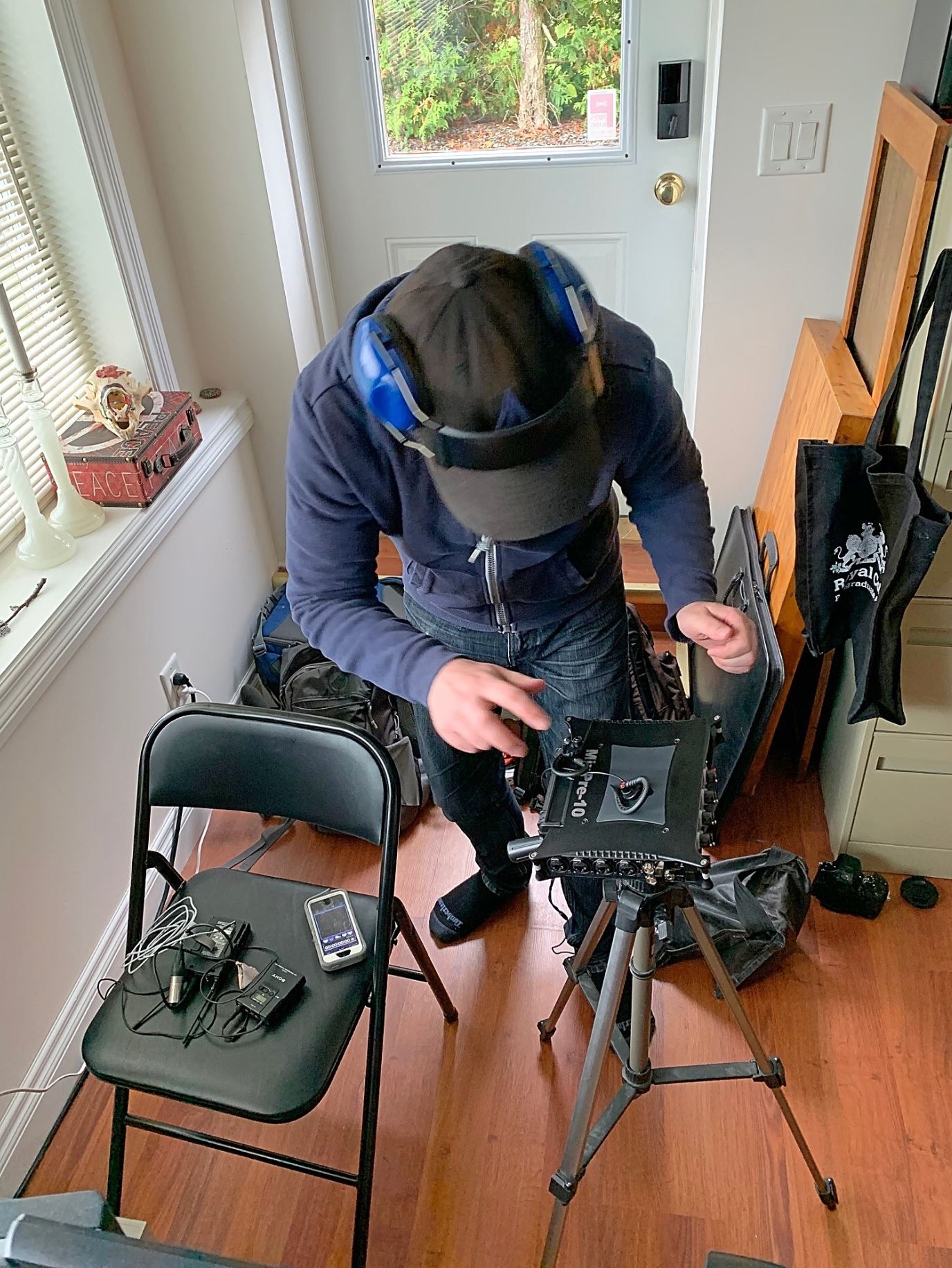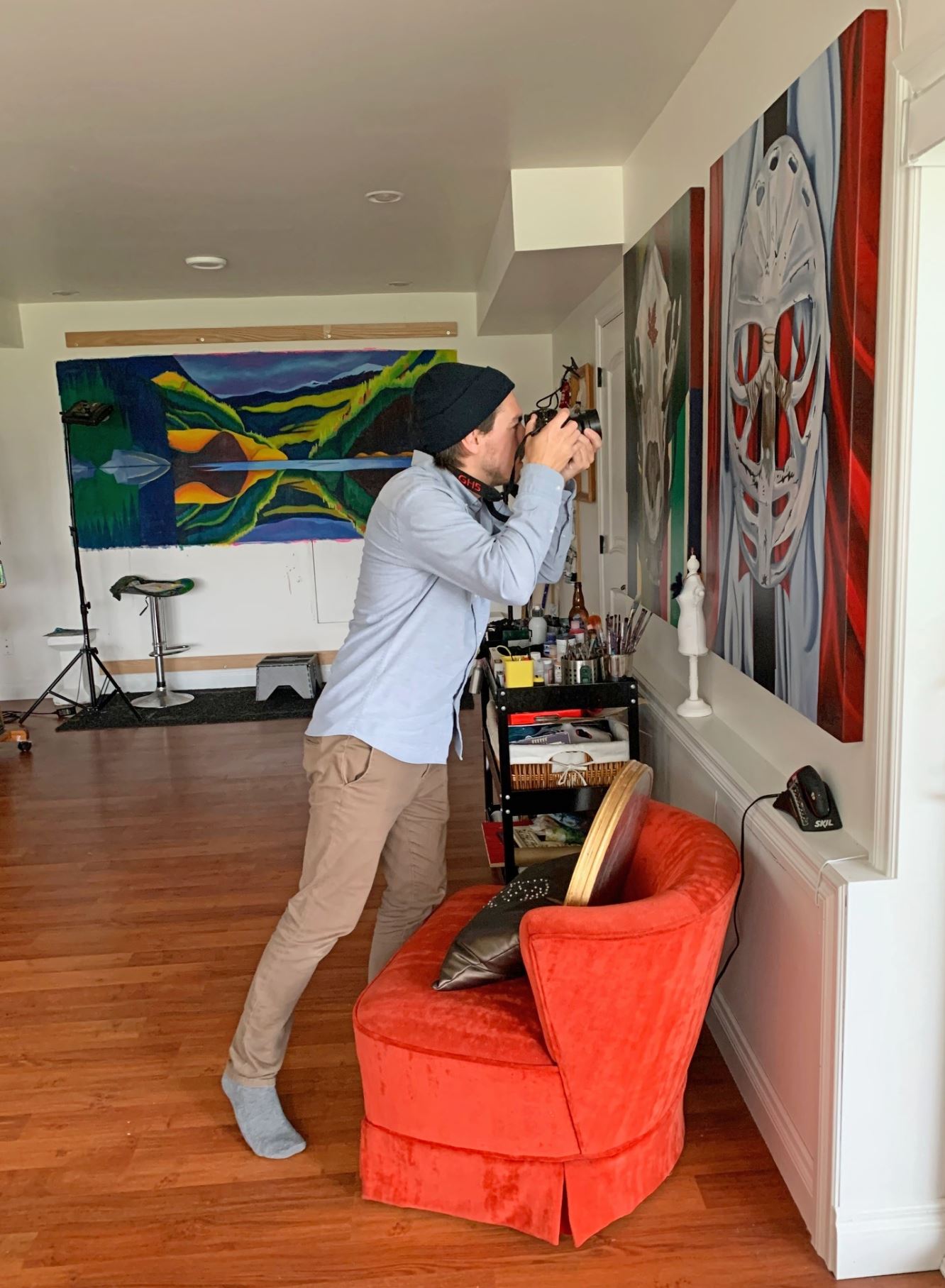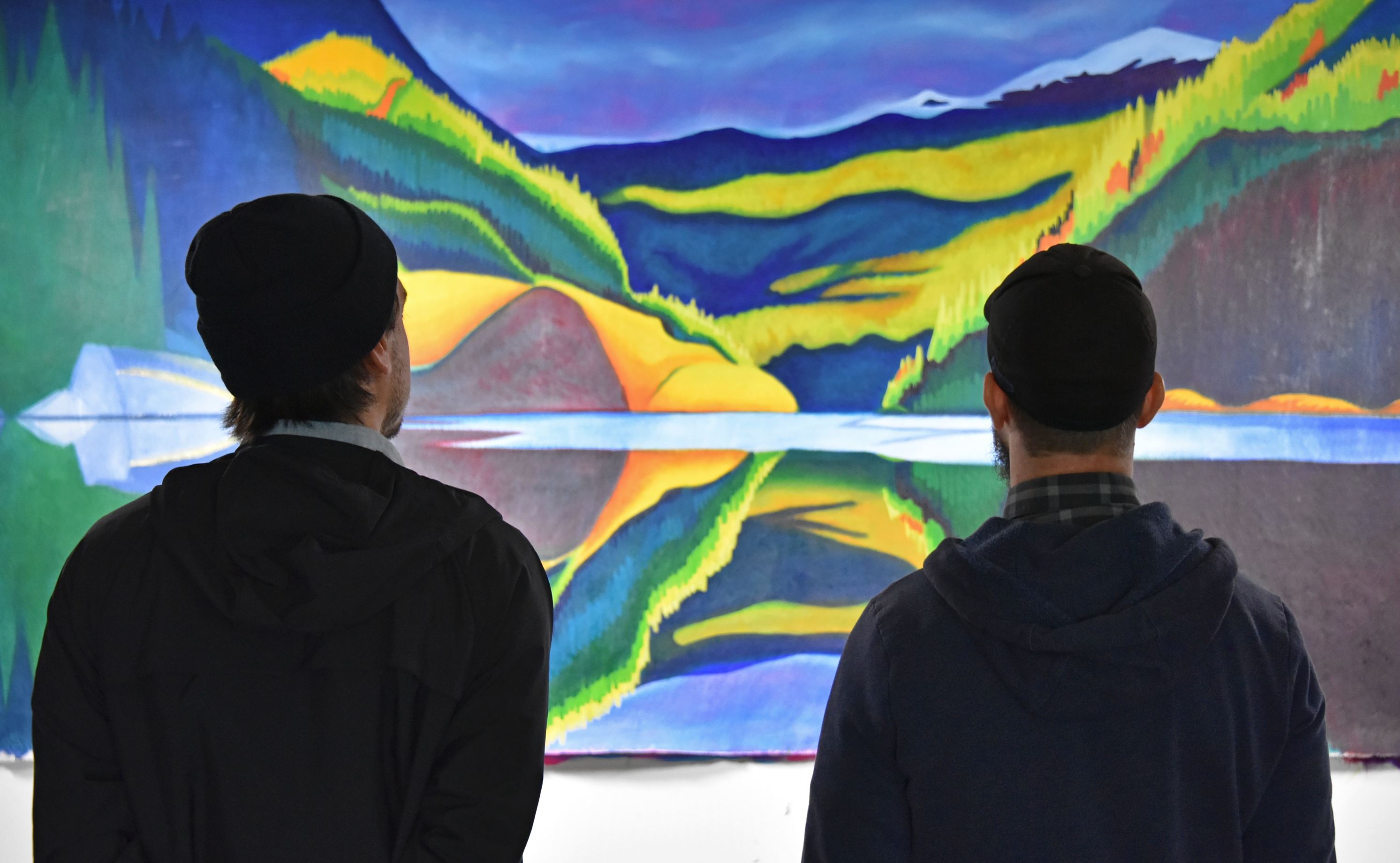Natural Affinities: Lawren Harris and Rockwell Kent
As a Canadian artist deeply connected to the rugged beauty of my homeland, I find myself inexorably drawn to the works of Lawren Harris and Rockwell Kent. The artistry of these two painters has had a profound influence on my own creative journey, inspiring and shaping my unique painting style. Harris’s ability to distill the essence of Canadian landscapes into mystical abstractions resonates with my soul, while Kent’s romantic realism kindles a sense of longing for untouched wilderness. While they may have worked in different styles and contexts, their works share striking similarities, revealing natural affinities between the two painters. In this blog post, we will delve into the artistic journeys of Harris and Kent, examining their contrasting styles and analyzing the common threads that bind their masterpieces.
Art has the extraordinary power to capture the essence of the world and transport viewers to different realms. In the realm of landscape painting, Lawren Harris and Rockwell Kent stand as giants, each leaving an indelible mark on the art world.
Lawren Harris: Mystical Abstractions
Lawren Harris, a prominent member of the Group of Seven, was renowned for his abstract and spiritual interpretations of the Canadian landscape. His paintings often depicted rugged mountains, icy glaciers, and vast stretches of untouched wilderness. Harris possessed an uncanny ability to distill nature’s raw power and transform it into something ethereal.
Harris’s works, such as “North Shore, Lake Superior” and “Mount Lefroy,” showcased his affinity for simplicity and abstraction. He employed bold lines, geometric shapes, and a restricted color palette to capture the essence of the subject matter. The resulting images exuded a sense of serenity and mysticism, evoking a profound emotional response from viewers.
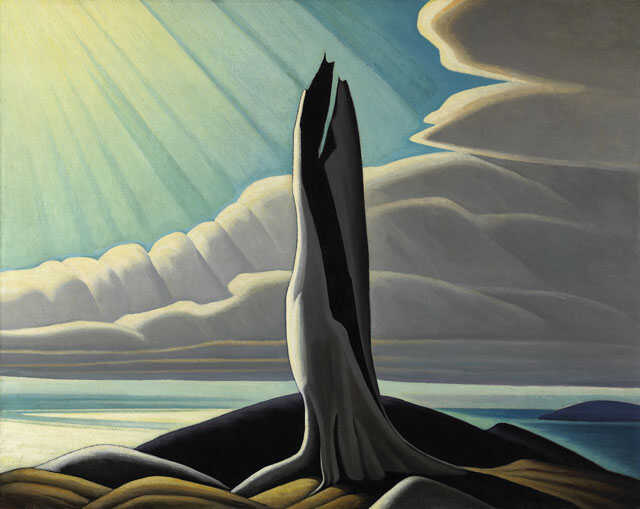
North Shore, Lake Superior – Lawren Harris 1926
Rockwell Kent: Realism with a Romantic Touch
Rockwell Kent, on the other hand, was an American artist whose paintings encompassed both realistic and romantic elements. His artistic journey led him to various locales, including Alaska, Greenland, and Newfoundland, which greatly influenced his subject matter. Kent’s works portrayed expansive landscapes, seascapes, and the human figure against majestic natural backdrops.
Kent’s paintings, such as “Moonlight, Winter” and “Monhegan Night,” captivated audiences with their meticulous attention to detail. His command over light and shadow, combined with a rich color palette, brought his scenes to life. Kent’s romantic sensibilities infused his work with a touch of nostalgia, inviting viewers to contemplate the vastness and beauty of the natural world.
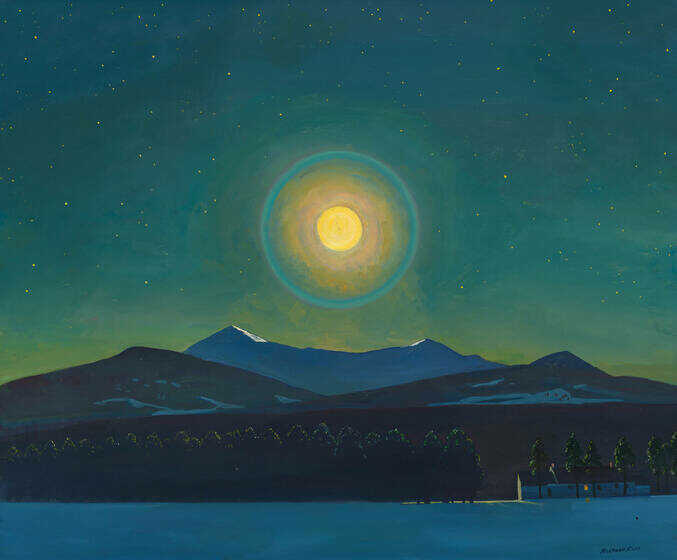
Moonlight Winter – Rockwell Kent 1940
Natural Affinities and Common Threads
Despite the differences in their styles and geographical influences, Lawren Harris and Rockwell Kent’s works reveal surprising commonalities, suggesting a natural affinity between the two painters.
Both artists shared a deep reverence for nature and sought to capture its sublime qualities. Harris and Kent depicted landscapes that inspired awe and contemplation, inviting viewers to connect with the grandeur of the natural world. Their paintings transported viewers to remote and untouched locations, offering a respite from the modern world’s hustle and bustle. They both also embraced a sense of spirituality in their work. Harris’s abstract compositions and Kent’s romanticized scenes transcended the physical realm, hinting at something greater and more profound. Whether through Harris’s simplified shapes or Kent’s ethereal lighting, both artists infused their works with a spiritual dimension, elevating the ordinary to the extraordinary.
Harris and Kent possessed a keen eye for composition. Harris’s bold lines and geometric forms provided structure and harmony to his landscapes, while Kent’s meticulous attention to detail created balanced and visually captivating scenes. Both artists had an innate ability to arrange elements within the frame, leading the viewer’s eye and creating a sense of visual poetry.
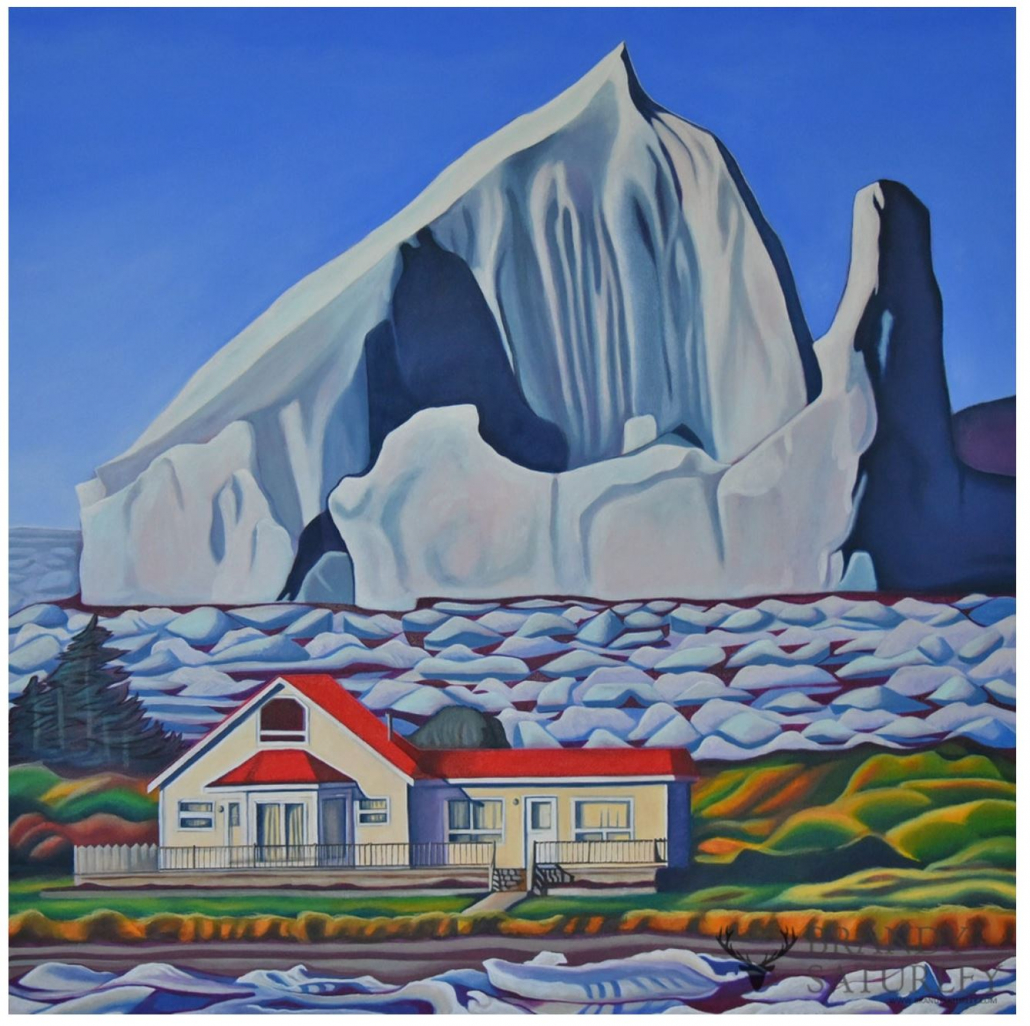
Where Icebergs Roam Free – Brandy Saturley 2016
Lawren Harris and Rockwell Kent, despite their unique styles and influences, shared a remarkable bond through their artistic explorations of the natural world. Harris’s mystical abstractions and Kent’s romantic realism offer distinct but complementary perspectives on the power and beauty of nature. Their works elevate the landscape to a spiritual experience, where nature becomes a source of awe and contemplation. Through their mastery of composition, use of color, and ability to capture the sublime, Harris and Kent have left an indelible mark on the art world. Their legacies continue to inspire artists, like myself, to seek the inherent beauty and spirituality in the natural world and share it with audiences worldwide.
